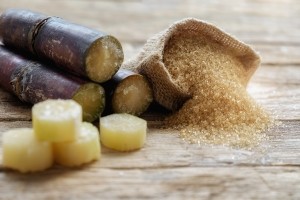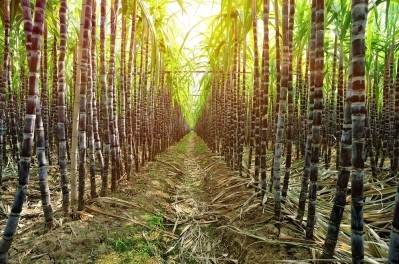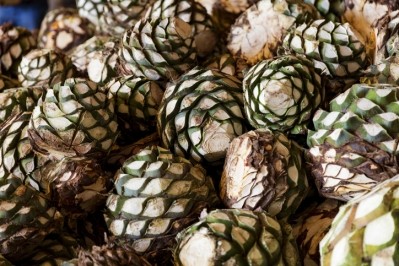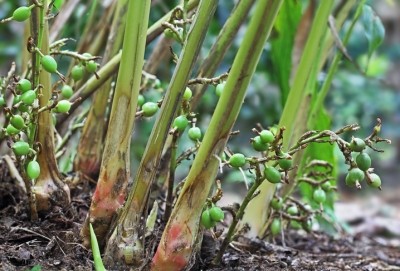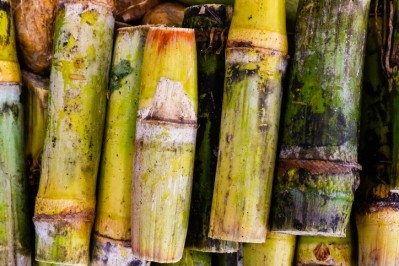Guatemalan sugar industry announces sustainability goals for 2025
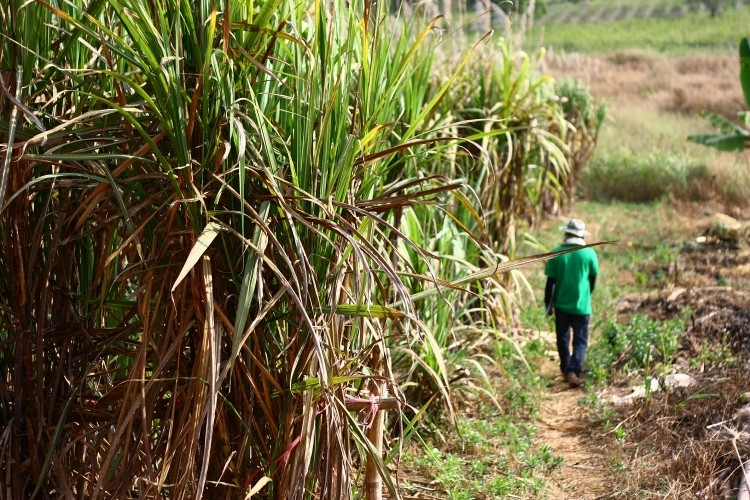
The campaign unites the 11 sugar mills that comprise the Guatemalan Sugar Association (ASAZGUA) and its partner organizations, Fundazucar (a foundation comprised of sugar producers), Cengicaña (a sugarcane research facility) and Expogranel (a sugar export terminal).
Sugar for Good aims to create 2,000 jobs through technical training of cane-cutting personnel, and to improve environmental management by reusing 100% of wastewater and reducing sugarcane burning by 50%.
“The progress the industry has made since its inception has transformed the Guatemala sugar industry into an economic driver, a catalyst for sustainable cultivation and processing practices, as well as a strong advocate for social development,” said Luis Miguel Paiz, General Manager at ASAZGUA.
“Our agenda for 2025 includes ambitious goals to help ensure economic, social and technological progress occurs in harmony with nature, and continue providing productive employment at every stage of the sugar development process, thus promoting inclusive and sustainable economic growth.”
A vital industry for Guatemala
According to the USDA, Guatemalan sugar production for 2018 is forecast at 2.90 million metric tons (MMT). Production for 2017 was estimated at 2.80 MMT.
Total exports for 2018 are forecast at 2.11 MMT: Raw sugar makes up 52% of this, with refined sugar the other 48%.
Harvested area has almost reached its maximum capacity at 270,000 Ha, and although sugarcane yields are high, the industry will depend on increasing sugar recovery rates to maintain growth, according to the USDA.
A spokesperson for the Guatemalan Sugar Industry told FoodNavigator-LATAM that the country exports not only sugar, but also alcohol and molasses, as well as energy.
Currently, Guatemala is the fourth largest exporter of sugar worldwide (the second in Latin America), and the third most productive country in the world. The country’s sugar sector generates more than 80,000 direct jobs, 410,000 indirect jobs, and generates exports up to $1 billion U.S. dollars.
Sustainability pillars
The spokesperson explained that the nine sustainability commitments will be an economic driver and an advocate for social development through sustainable cultivation and processing practices.
Environmental sustainability
Commitment: Generate renewable energy to reduce the environmental impact of our business
• Maintain the sugar industry as 1 of the 3 main sources of renewable energy in the country
Improve waste management practices
• Reuse 100% of sugarcane waste
• Reuse 100% of waste waters
• Continue using 100% of oxo-biodegradable packages for the local market
Contribute to the conservation and restoration of natural resources
• Actions to safeguard forests and water in 100% of the basins where we operate
• Plant 6 million trees
• Zero net losses of forest in our sugarcane plantations
• Reduce cane burning by 50%
Social sustainability
Contribute to the continuous improvement of labor conditions
• Achieve 100% compliance with the labor policy across the supply chain
Foster community building through women empowerment
• Train and empower 1 million women in food security and preventive health through the Better Families Program
Contribute to the improvement of public health
• Fortify 30% of the sugar for national consumption with iron to decrease anemia
• Fortify 100% of the sugar for national consumption with Vitamin A to continue contributing to the eradication of child blindness
Economic sustainability
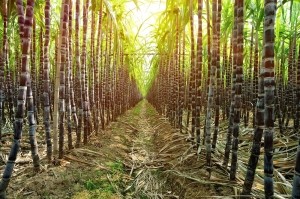
Increase productivity and innovation
• Reach the productivity rate of 11MT (metric tons) of sugar per hectare of cane cultivated
• Remain as 1 of the 5 most productive countries with sustainable agricultural practices
• Develop 10 new Guatemalan sugarcane varieties, more productive, resistant to diseases and adaptable to climate change
Diversify exportable offer
• Develop 2 new by-products
Generate high-quality technical jobs
• Create 2,000 technical jobs through the training of cane-cutting personnel
“The sustainability of the Sugar Agroindustry of Guatemala is based on economic, social and environmental viability,” explained the spokesperson. “In addition to being efficient and competitive, we firmly believe that our activities must generate value to the communities and contribute to the development of Guatemala. We are aware that climate change is a global challenge and Guatemala is a country with high climate variability and vulnerability.
“The agricultural sector is one of the most affected, in this sense we focus our efforts in research to adapt our practices to be an environmentally sustainable industry over time.
“We are driven by the commitment we have with our partners, communities, customers, Guatemala and the world. We believe that to be sustainable we must have the ability to adapt to the needs of the planet and our society.”
Vitamin A fortification of sugar
Guatemala was also the pioneer of the fortification of sugar with Vitamin A: Vitamin A deficiency in Central America was first identified as a public health problem in the 1950s, primarily for children.
In the early 70s, sugar was proposed as an appropriate vehicle for fortification with vitamin A, explained the spokesperson. The pioneering research carried out by the Institute of Nutrition of Central America and Panama (INCAP), affiliated with the Pan American Health Organization (PAHO), and that led to the development of sugar fortification technology. The technology for fortifying sugar with vitamin A was developed in Guatemala in the mid-1970s, and Guatemala became the first country to implement fortification of sugar with Vitamin A in 1975.
The successful Guatemalan experience encouraged other countries with significant vitamin A deficiency to introduce sugar fortification (or other food staples), according to PAHO’s report, “Vitamin A deficiency in Latin America and the Caribbean: An overview”. The report also revealed that Guatemala reported a significant decline; Vitamin A deficiency prevalence in children dropped from 26% in 1988 to 16% in 1995.
